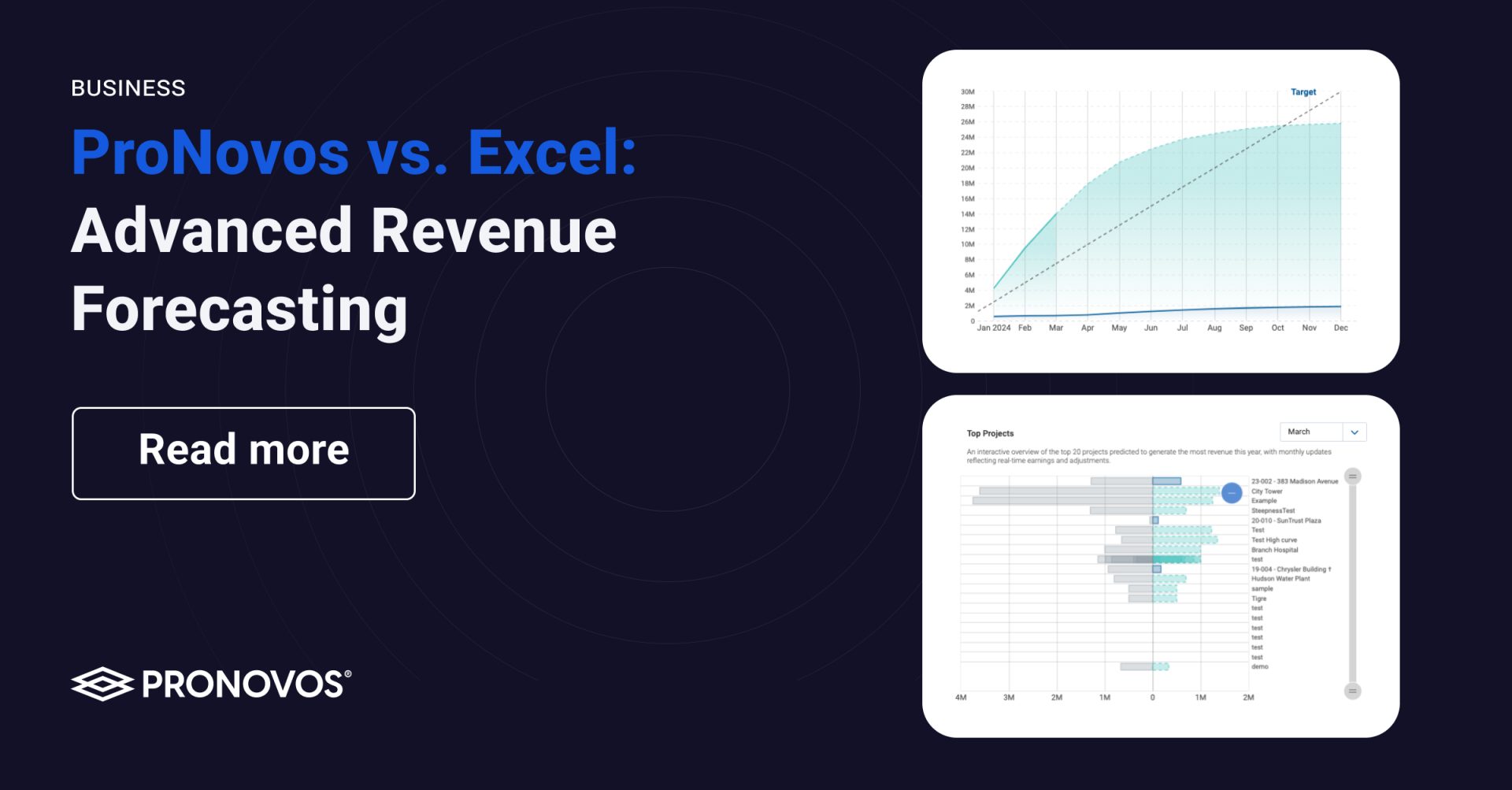The power of estimated costs
Mast’s final scenario is all about illustrating the importance of estimated costs to the adjustment. In this case, the PM has decided she can do the job faster and with lower materials costs, and so she drops the previous $930,000 estimated cost to $800,000:
$1,000,000 contract amount
$800,000 estimated costs
$465,000 costs to date
$500,000 billings to date
If the contractor were to run the adjustment with $930,000 in estimated costs as before, net income would be $10,000 ($35,000 in gross profit – $25,000 in selling, general and admin expenses).
Mast runs it again with that lowered, $800,000 estimated cost:
$465,000 cost to date ÷ $800,000 estimated cost = 58.125% complete
58.125% complete × $1,000,000 contract amount = $581,250 revenue earned to date
$581,250 revenue earned to date — $500,000 billed = $81,250 under-billed
“Now, instead of being 50 percent complete, just because I changed my denominator, I’m 58.125 percent complete,” Mast explains. “By changing that percentage of completion, I’m now going to recognize more revenue, sooner.”
Decreasing estimated costs by $130,000, in other words, propelled the contractor forward on percent complete to 58.125%. “So I take what I’ve earned and compare it to my billing and I’m $81,250 under-billed,” Mast said. “I need to actually increase my revenue by $81,250 to bring it back to compliance with percentage-of-completion construction accounting.”
The end result? “I’m now recognizing $91,000 instead of the $10,000 in our last example—again, all because I changed that estimated cost to complete.”



